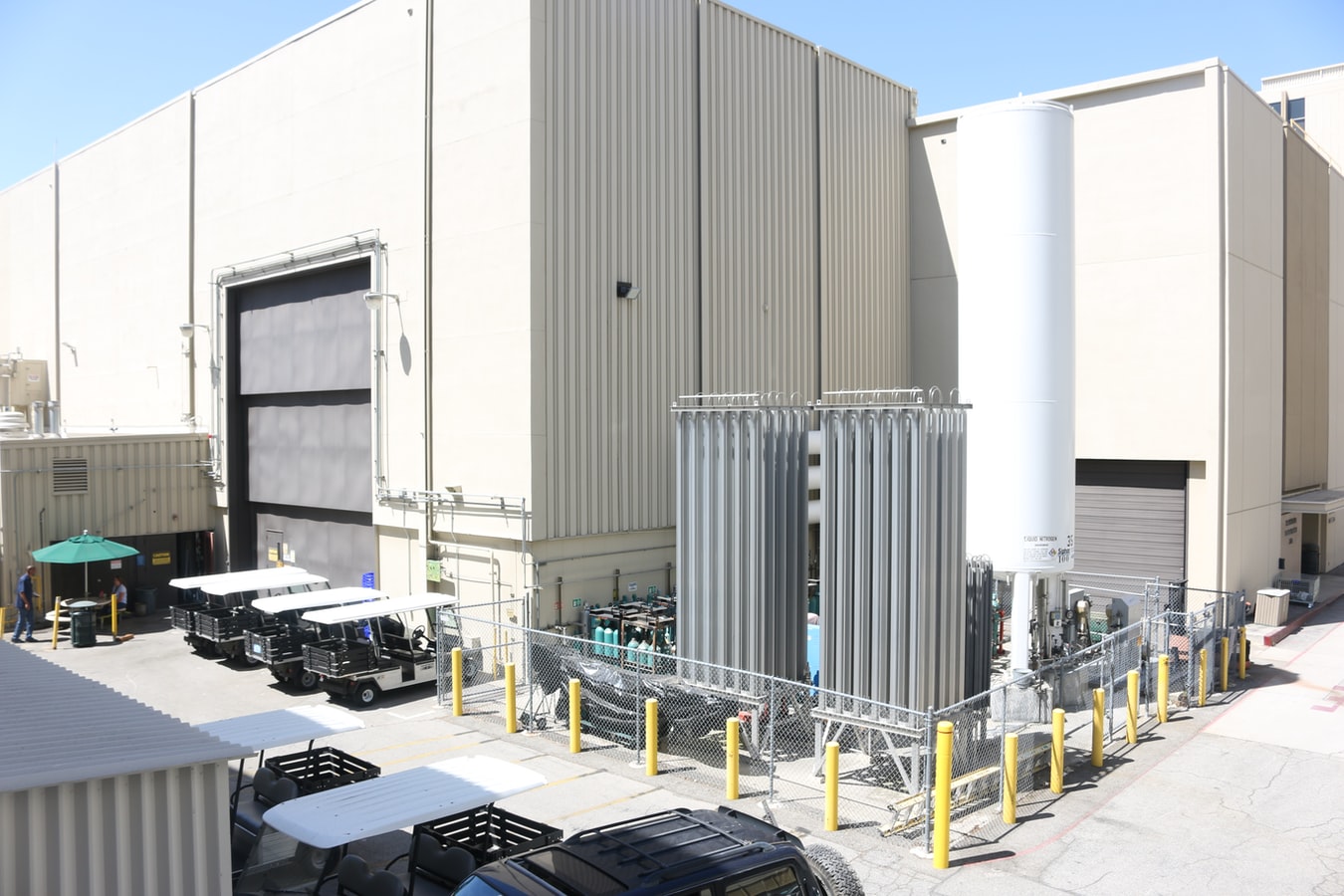Hazardous waste is a material with properties that are considered dangerous or can cause harmful effects to the environment or human health. This type of waste can come from a multitude of sources including batteries, industrial manufacturing processes, laboratories, and more. It can also be in different forms, including sludges, solids, gases, and liquids.
Defining Hazardous Waste
The Environmental Protection Agency (EPA) created regulatory processes and definitions for specific materials known to be hazardous. The identification process is complex, so it is recommended that you and other generators of this waste, check with a local waste disposal service such as Environmental Marketing Solutions if you are unsure what type of waste you are handling.
Solid waste is hazardous if it meets the characteristics or is specifically listed as hazardous waste.
– Listed wastes are commonly from industrial and manufacturing processes
– Characteristic wastes exhibit one or more properties such as toxicity, reactivity, ignitability, corrosivity
Listed Hazardous Wastes
If your waste has been labeled or determined to be hazardous it will appear on one of four lists in title 40 of the CFR (Code of Federal Regulations) in section 261. Under these regulations, you will find the F and K lists that are identified wastes from industrial and manufacturing processes.
The F List are wastes that have come from non-specific sources. Under the F List, there are seven groups as there are various types of industrial and manufacturing operations that generate these wastes. The seven groups include:
– Metal finishing and electroplating waste
– Chlorinated aliphatic production
– Refinery wastewater treatment sludge
– Solvent waste
– Dioxin-bearing waste
– Wood preserving waste
– Multisource leachate
The K List are wastes generated from specific sectors in manufacturing and industrial processes. These wastes are considered source-specific. For your waste to be on the K List, it must fit one of 13 categories on the list and match one of the detailed K List descriptions. The 13 categories include:
– Organic chemicals manufacturing
– Petroleum refining
– Inorganic pigment manufacturing
– Steel and iron production
– Primary aluminum production
– Ink formulation
– Wood preservation
– Pesticide manufacturing
– Veterinary pharmaceuticals
– Inorganic chemicals
– Explosive manufacturing
– Secondary lead processing
– Coking
On each of the lists, the EPA assigns a hazard code. This code defines the reason for listing the materials as hazardous. The codes are:
T- Toxic
E- Toxicity characteristic
H- Acute waste
R- Reactive
I- Ignitable
C- Corrosive
P and U Listed Wastes
The P and U listed wastes define those wastes that are hazardous as commercial and pure grade formulations of unused chemicals being disposed of. For a waste to be classified as P or U, it has to meet three criteria:
– It must have one of the chemicals listed on the P or U list
– It must be an unused chemical
– The chemical has to be in the form of a commercial chemical product
The Environmental Protection Agency defines a commercial chemical product as one that is either 100% pure, has a sole active ingredient in its chemical formulation, or technical grade.
The P List identifies acute wastes that are discarded commercial chemical products and are found under title 40 of the CFR. This list is in section 261.33.
The U List identifies wastes from discarded commercial chemicals and is located in the same location under title 40 as the P List.
The D List, under EPA regulations, has the characteristics of toxicity, reactivity, corrosivity, and ignitability. The flashpoint has to be less than 140 degrees Fahrenheit, corrosivity with a pH less than 2 or more than 12.5, and reactivity that is unstable, air-reactive, water-reactive, or generates toxic gases.
Why You Need to Know How to Define Which Wastes are Hazardous
If you are a generator of wastes that have been classified as hazardous, it is your responsibility under the law to oversee the ultimate fate of all disposal methods. You must fully document your waste materials and properly identify them. For this reason, it is important to know the contents and regulations of the RCRA waste lists for successful waste removal from your facility. If you are unsure how to identify your waste materials, contact Environmental Marketing Service for help in proper labeling and disposal practices.
Regulations for Hazardous Waste Management
The EPA has developed regulations to ensure waste materials classified as hazardous are properly managed to protect the environment and human health. At the same time, this agency also:
– Makes the rules easy to understand and follow
– Makes compliance easier
– Allows flexibility as to how certain hazardous wastes are managed
To understand these regulations and ensure your waste is properly managed and disposed of, check with Environmental Marketing Services for all updated guidelines.
Determination of Hazardous Wastes
As explained above, wastes considered hazardous have to follow set criteria in order to be classified as hazardous under EPA guidelines. There are some wastes, even though they meet these criteria, that are excluded or exempted from the regulations. To determine if your waste materials are hazardous, there is a ‘hazardous waste determination’ process. This process will ensure you if your materials are exempt or excluded. You can find the information for determination under 22CCR Section 66262.11 of the EPA regulations. You can also contact Environmental Marketing Services for help with this process.
Where to Learn More About RCRA Definitions
Environmental Marketing Services has more than ninety years of experience in waste disposal and recycling services. We are here to help you understand the innovative and cost-effective methods of proper disposal methods. We will help you minimize liabilities and protect the environment with our one-stop waste management team.



